Abstract
We assessed agricultural practices in China to identify workable solutions for sustainably feeding the Chinese population. We calculated the environmental costs of producing domestic rice, wheat, corn, soybeans, and imported soybeans. The environmental costs were enormous, and the food self-sufficiency and sufficiency (imported soybean included) rates were below 100 %. Subsequently, we assessed differences in environmental costs and crop yields between two main farming entities (small-holding and state-owned), effects of farm size, and uncertainties in soybean trade (China–US trade war and infrastructure improvement in Brazil). We presented scenario-based solutions that can reduce the carbon footprint, water footprint, and economic costs and increase both the food self-sufficiency and sufficiency rates above 100 %. Adopting the best-performing practices from both farming entities had the largest improvement effect. The individual solutions can improve China's United Nations Sustainable Development Goals ranking. Combined, they can act synergistically to navigate food crop production within a safe operating space.
Introduction
Tens of millions of people face an imminent threat of extreme poverty and hunger due to the COVID-19 pandemic, Russo-Ukrainian war, and climate change (Behnassi and El Haiba, 2022; Davis et al., 2016). Food security is being unprecedentedly challenged, making food production a priority. However, food production inevitably has environmental costs, such as greenhouse gas (GHG) emissions and depletion of water resources, which have considerably threatened the achievement of the United Nations Sustainable Development Goals (SDGs) (Crippa et al., 2021; Rafaj et al., 2018).
Understanding the environmental costs of feeding the population is a primary requirement to assess sustainably workable solutions for food production. Such understanding is urgent for all countries, particularly for China. China is one of the most populous countries with the highest GHG emissions and severe water shortage, whose environmental costs of food crop production are already excessive, yet, the country is still struggling for food security (Lu et al., 2019; National Bureau of Statistics of China, 2022).
China is one of the largest food crop producers in the world. North China has become the major food crop production region, producing rice, wheat, corn, and soybeans, which are partly transported to South China to ensure food supply in this part of the country (Zuo et al., 2023) (Fig. 1). Due to the farmland degradation, population growth, dietary changes (from plant-based to meat-based), and the policy of ensuring high self-sufficiency in the grain sector (rice, wheat, and corn), China has become heavily reliant on soybean import; the import reliance rate for soybean is over 85 %, while those of rice, wheat, and corn range from 0.01–5 % (Food and Agriculture Organization of the United Nations, 2022), mainly from Brazil and the United States (US), and is now the largest soybean importer worldwide (Escobar et al., 2020; Huang and Yang, 2017; Sun et al., 2018).
Technological and management solutions have been developed in China to close the yield gap while reducing environmental costs (Suh et al., 2020; Wei et al., 2022); however, these generally require substantial financial investments (e.g., upgrade of farming machines) and long-term maintenance and supervision to be successful (e.g., soil testing) (Agrawal and Ostrom, 2001; Ostrom, 1990), and some solutions fall short of expectation (Grafton et al., 2018). The objective of this study is to analyse workable solutions for sustainably feeding the Chinese population by assessing existing differences and uncertainties in yield and environmental costs in agricultural practices. These solutions aim to require no or limited investments, maintenance, and other interventions.
We used a metacoupling framework to describe environmental and socioeconomic interactions within and across system borders to comprehensively calculate the environmental costs of food crop production (Liu, 2017). In this framework, North China is the sending system and South China the receiving system, both being connected by food supply (Fig. 1), whereas Brazil and the US are the spillover system connected to China by soybean trade. By integrating domestic food crop production with overseas soybean production and transportation, the metacoupling framework provides a complete list for calculating environmental costs.
GHG emissions and water consumption are generally major determinants of the environmental costs of food crop production, affecting all SDGs (Crippa et al., 2021; D'Odorico et al., 2018; Dalin et al., 2015; Liu et al., 2018). Based on the food sufficiency rate, we used carbon and water footprints to measure the environmental costs of feeding the Chinese population (Hoekstra and Wiedmann, 2014; Yang et al., 2020). We then conducted scenario analyses to assess the performance of a set of workable solutions in reducing environmental costs while securing food production and measured their contribution to SDG progress (see rationale of scenario building in Supplementary material). Finally, we discussed the feasibility of implementing our workable solutions to sustainably navigate food crop production within a safe operating space (Häyhä et al., 2016; Oteros-Rozas et al., 2019; Steffen et al., 2015).
Section snippets
Material and methods
Using the most updated and locally adaptive data and coefficients from officially public-accessible sources and peer-reviewed papers, we calculated the carbon footprint, water footprint, food supply, and food demand contributed by crop food production (rice, wheat, corn, and soybeans) for the 31 provinces of mainland China (i.e., sub-national level) and of soybeans produced in and transported from Brazil and the US to China. Then, we upscaled the carbon footprint, water footprint, food supply,
Environmental costs of feeding the Chinese population
Total costs. Based on domestic food crop production, China, with a population of 1.4 billion, was calculated to have a food self-sufficiency rate of 92 %. The environmental costs included a carbon footprint of 377 Mt CO2-eq (a value between the total carbon emissions of Australia and Turkey) and a water footprint of 505 bcm (a value higher than the total water consumption of Brazil), equalling 7.3 billion US$. When imported soybeans were included, the food sufficiency rate reached 95 %, with
Discussion and conclusions
Metacoupled analysis of the environmental costs of feeding the Chinese population indicated that arduous endeavours are required to attain the SDGs. Food security remains the primary challenge in China. Even with soybean import, only North China, not the entire China or South China, can reach a food sufficiency rate above 100 %. As for domestic food crop production, rice has the highest environmental costs in terms of both carbon and water footprints, but it is also the most important staple
CRediT authorship contribution statement
Jing Sun: Conceptualization, Writing – original draft, Writing – review & editing, Project administration, Funding acquisition. Lun Yang: Conceptualization, Formal analysis. Xingao Wang: Formal analysis, Investigation. Fei Lun: Writing – review & editing. Miao Lu: Writing – review & editing. Xiao Sun: Writing – review & editing. Peng Yang: Supervision. Wenbin Wu: Supervision, Funding acquisition. Jianguo Liu: Supervision.
Declaration of competing interestThe authors declare that they have no known competing financial interests or personal relationships that could have appeared to influence the work reported in this paper.
Acknowledgement
This work was supported by the National Key Research and Development Program of China (grand ID 2019YFA060740) and the National Natural Science Foundation of China (grand ID 42271276).




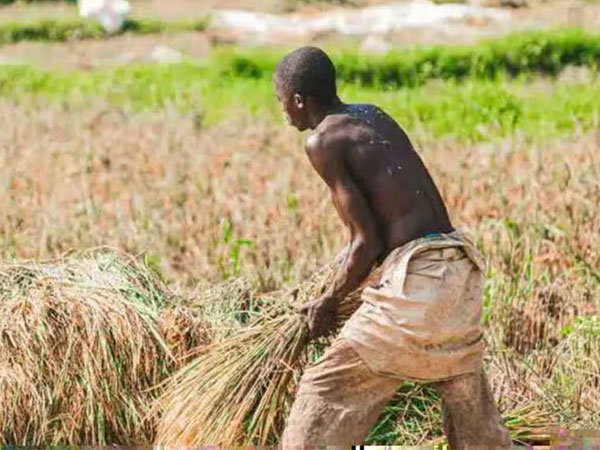
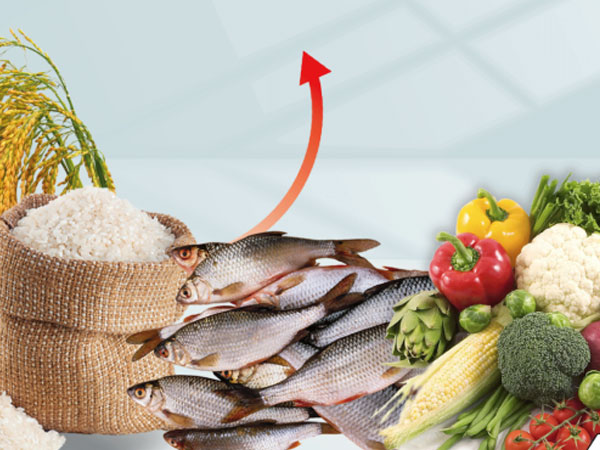


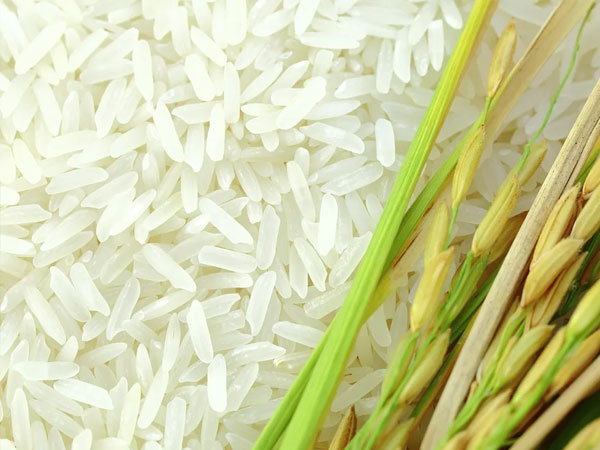
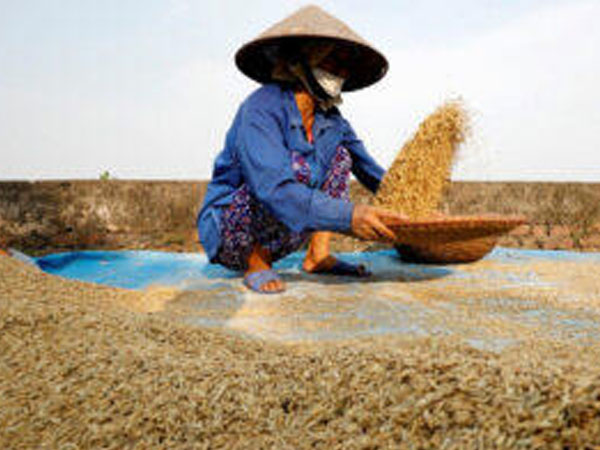
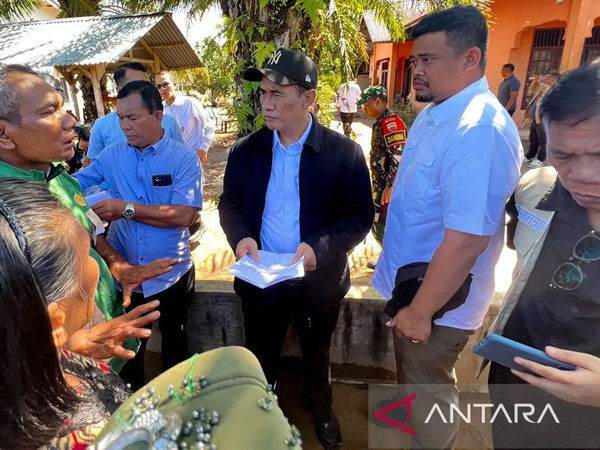

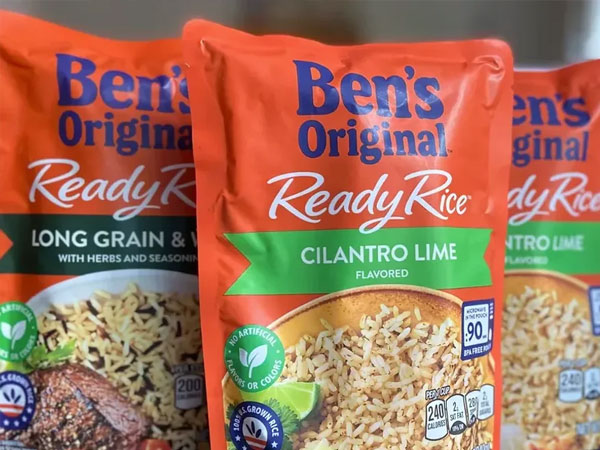

© Copyright 2025 The SSResource Media.
All rights reserved.